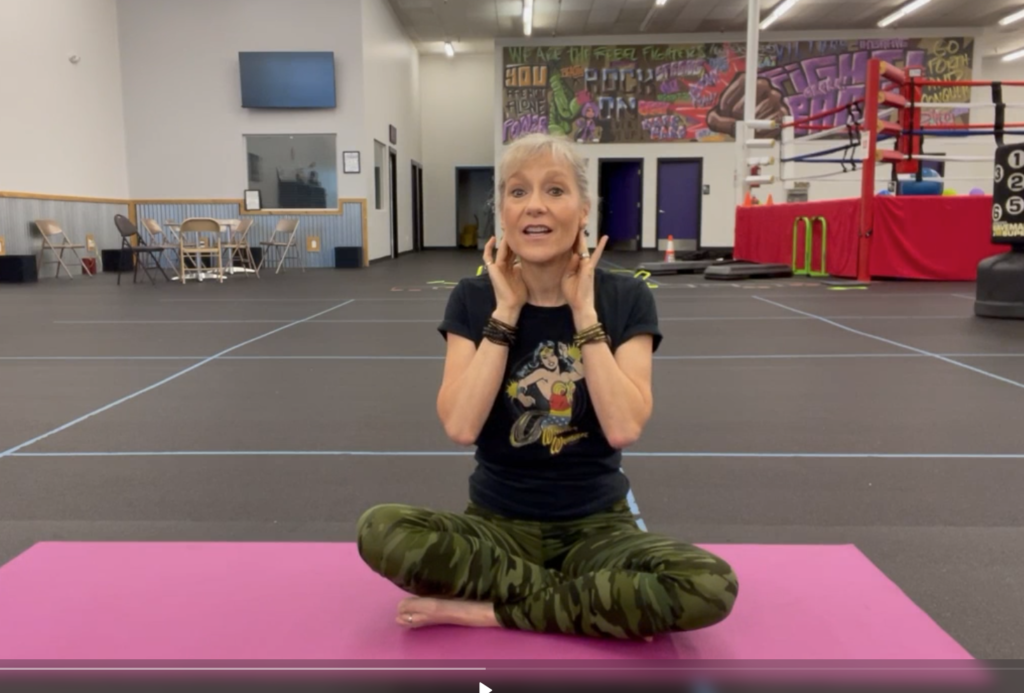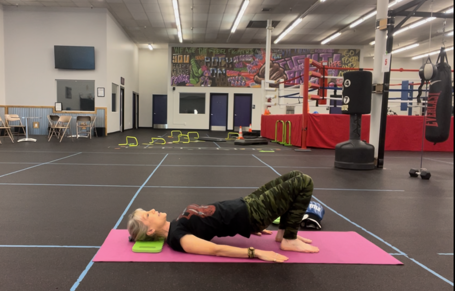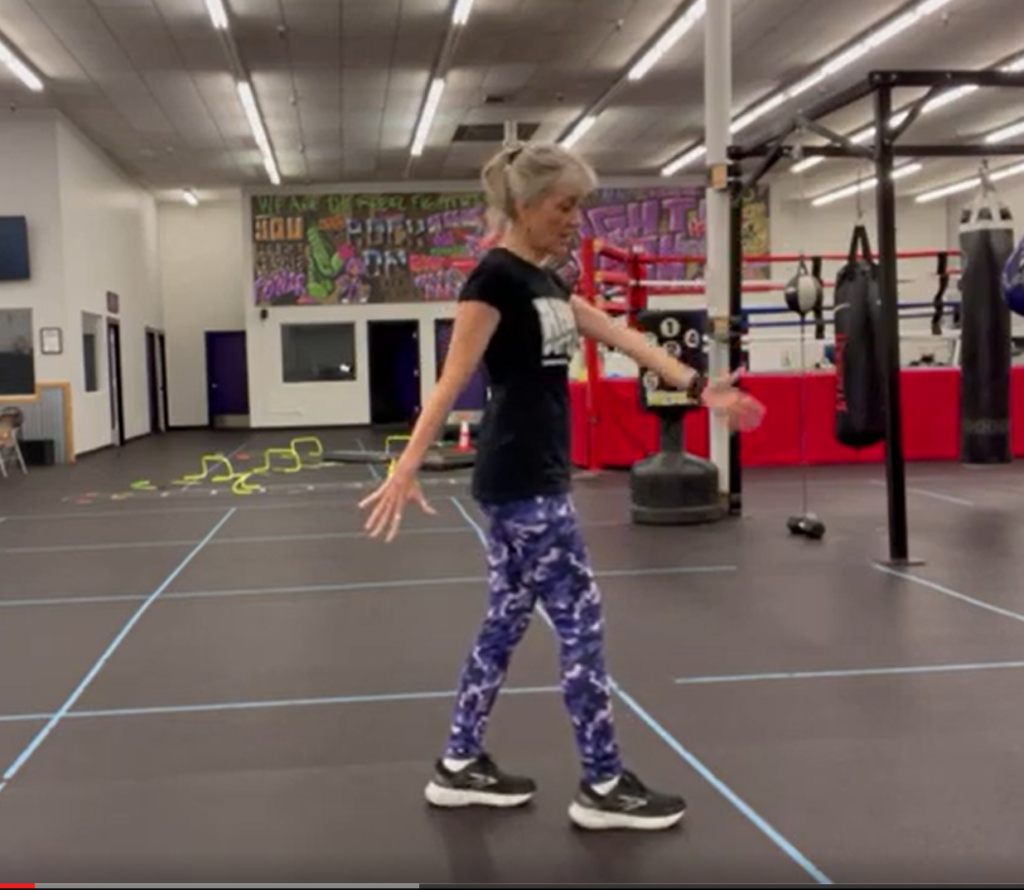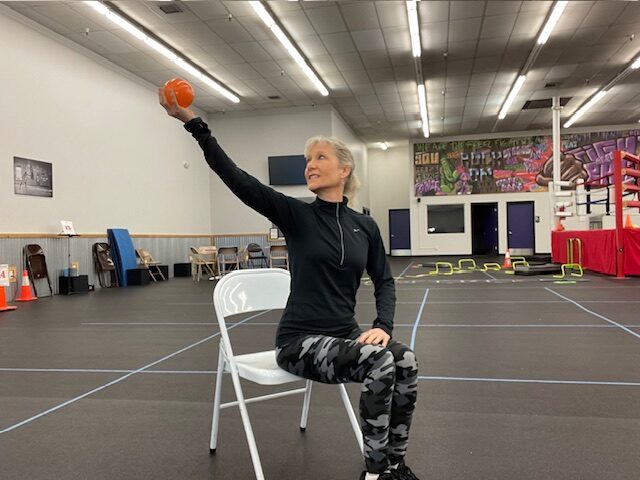
Anxiety is a common non-motor symptom of Parkinson’s. Anxiety is not just a reaction to the diagnosis of Parkinson’s, but instead, a part of the disease itself, caused by changes in brain chemistry. Up to 40 percent of people with PD will experience some form of anxiety.
Continue reading “Try This Vagus Nerve Maneuver To Calm Anxiety With Parkinson’s”


